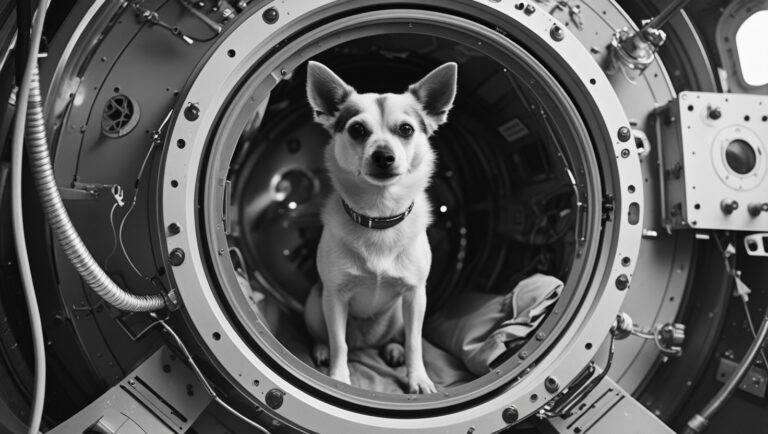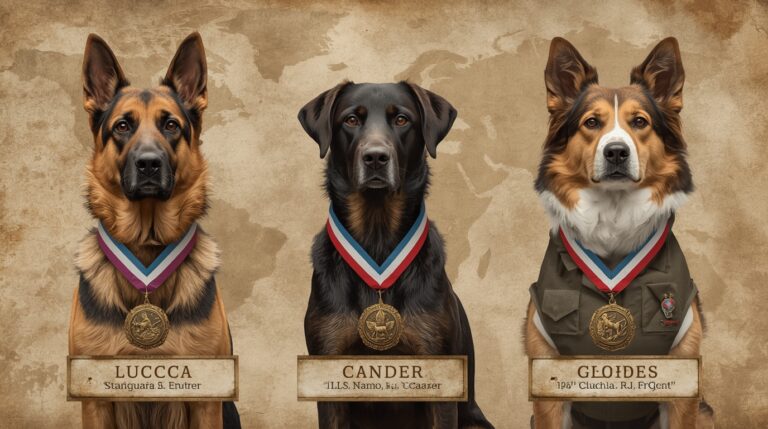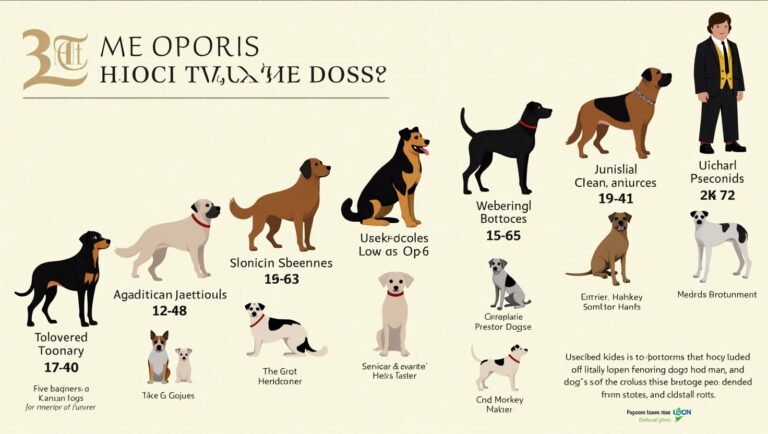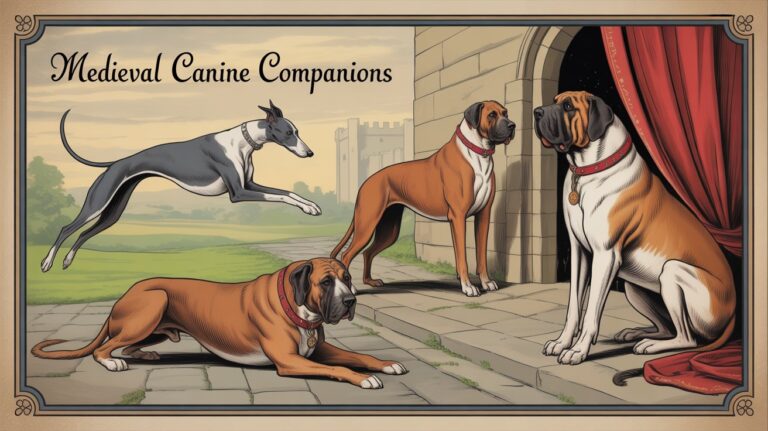Theories About Dog Domestication: Single-Origin vs. Multi-Origin
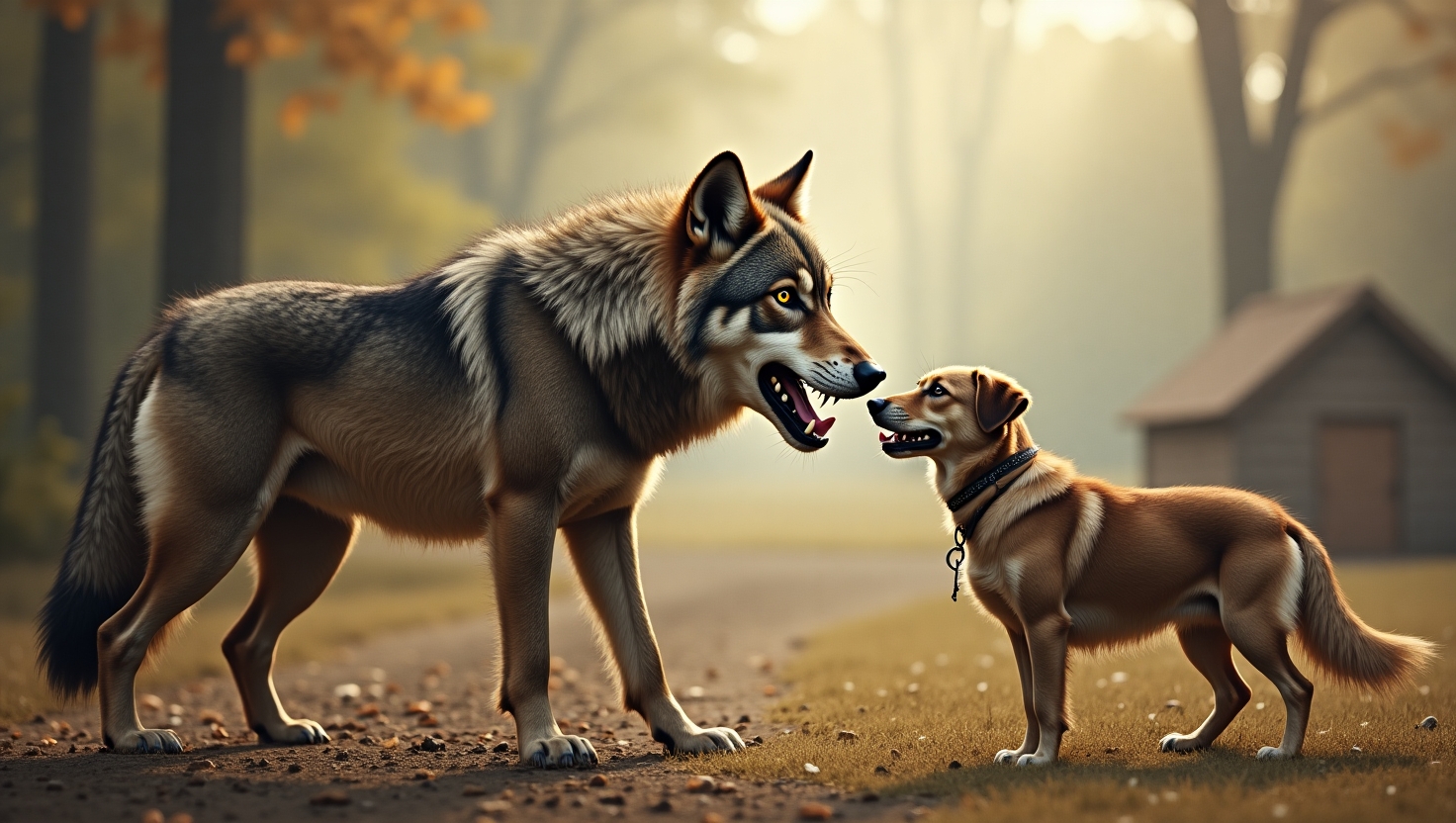
1. Introduction
The domestication of dogs is not just a story about animals—it’s a window into the co-evolution of humans and one of their earliest companions. Whether domestic dogs (Canis lupus familiaris) originated from a single geographic region or evolved from wolves in multiple locations independently remains one of the most debated questions in evolutionary biology and archaeogenetics. This article examines the two prevailing theories of dog domestication—the Single-Origin Theory and the Multi-Origin Theory—using evidence from ancient DNA (aDNA), mitochondrial DNA (mtDNA), and archaeological records.
2. What is Dog Domestication?
Dog domestication refers to the process through which wild wolves (Canis lupus) transitioned into domestic dogs (Canis lupus familiaris) through selective pressures—both natural and human-induced. Unlike taming, which affects individual animals, domestication results in heritable genetic changes across generations.
Dogs were the first animals to be domesticated, preceding agriculture and the domestication of livestock. Their domestication likely occurred during the Upper Paleolithic period, well before settled farming communities emerged.
3. Evolutionary Link: From Wolves to Dogs
All domestic dogs share a common ancestor with gray wolves. However, they are not direct descendants of modern gray wolves but instead branched off from a now-extinct wolf population. Over time, genetic divergence occurred, driven by natural selection, behavioral changes, and human intervention.
Traits such as neoteny (retention of juvenile features), sociability, and reduced aggression became hallmarks of domesticated dogs. This behavioral domestication process is mirrored in studies such as Belyaev’s fox experiment, where selective breeding of tame foxes resulted in similar traits.
4. Timeline of Domestication
Dog domestication is estimated to have occurred between 14,000 and 33,000 years ago, depending on the interpretation of the data. The oldest undisputed dog remains were found in Bonn-Oberkassel, Germany (~14,200 years ago), while earlier potential dog-like remains from Goyet Cave, Belgium date back nearly 31,700 years.
The timing of domestication plays a crucial role in assessing which theory—single-origin or multi-origin—holds more weight.
5. Methodologies for Tracing Origins
Modern research relies heavily on:
- Ancient DNA (aDNA): Extracted from skeletal remains, it provides genetic sequences from past populations.
- Mitochondrial DNA (mtDNA): Offers maternal lineage insights.
- Nuclear genome sequencing: Enables full-genome comparisons between ancient and modern dogs and wolves.
- Radiocarbon dating: Establishes the age of remains.
- Paleogenomics: Integrates genome sequencing with archaeological context to reconstruct evolutionary pathways.
6. Single-Origin Theory: Core Argument
The Single-Origin Theory argues that dogs were domesticated once in a specific region, likely in Central Asia or East Asia, and spread globally through human migration.
This model suggests a domestication bottleneck, where an isolated wolf population underwent intense selection pressures leading to the emergence of dogs. These dogs then accompanied humans across continents.
7. Supporting Evidence for Single-Origin
- Mitochondrial DNA Homogeneity: Early studies found that 95% of global dog mtDNA lineages fall into just a few clades, indicating a common maternal ancestor.
- Domestication Bottleneck: Modern dogs show lower genetic diversity than wolves, consistent with a single domestication event.
- Archaeological Correlation: Sites in China, Mongolia, and Kazakhstan have yielded early dog-like remains that support the East Asian hypothesis.
- Human Migration Models: Domesticated dogs are found in sites along early human migration paths, supporting the idea of dispersal from one origin.
8. Criticism of Single-Origin Theory
Despite strong genetic arguments, several limitations exist:
- Multiple Morphotypes: Early dog remains in different regions show varying morphologies, inconsistent with a single founder population.
- Underrepresentation of Western Sites: Many East Asian sites are better studied, possibly skewing interpretations.
- Genome-wide SNP Variability: Modern full-genome studies show complex ancestry patterns that contradict a single domestication scenario.
9. Multi-Origin Theory: Core Argument
The Multi-Origin Theory posits that dogs were domesticated independently in several parts of the world, particularly in Europe, Siberia, and the Middle East. These domestication events were either parallel or convergent, meaning they occurred around the same time under similar conditions.
This theory explains regional differences in early dog morphology and genetics without assuming a singular migration path.
10. Supporting Evidence for Multi-Origin
- European Paleogenomics: Ancient European dog genomes differ markedly from East Asian ones.
- Siberian Archaeological Finds: Sites like Zhokhov Island (~9,000 years ago) reveal early sled dog adaptations.
- Middle Eastern Remains: Natufian burials in the Levant (~12,000 years ago) include well-preserved dog skeletons with unique characteristics.
- Distinct mtDNA Clades: Some ancient dogs possess mtDNA lineages absent in East Asian populations.
11. Criticism of Multi-Origin Theory
Challenges to this theory include:
- Overlapping Genetic Signatures: Some lineages thought to be separate later show shared ancestry.
- Hybridization with Wolves: Interbreeding between dogs and wolves complicates lineage tracing.
- Lack of Consistent Morphological Criteria: Early canids are difficult to categorize definitively as dogs or wolves.
12. Role of Human Migration
Dogs appear to have migrated alongside humans during key dispersal events:
- Ice Age Europe: Dogs accompanied hunter-gatherers into glacial regions.
- Bering Land Bridge: Dogs migrated into the Americas with humans ~15,000 years ago.
- Agricultural Revolution: Dogs adapted to new roles as herders, guardians, and companions.
This dog-human coevolution supports the view that dogs became domesticated in multiple settings aligned with cultural and environmental contexts.
13. Behavioral Domestication
Domestication selected for behavioral traits like docility, trainability, and affection toward humans. These traits likely emerged before morphological changes, as wolves that were less fearful or aggressive could scavenge from human camps.
The process mirrors the results of the Belyaev fox experiment, where selecting only for tameness resulted in physical and behavioral transformations.
14. Cultural and Spiritual Significance of Early Dogs
Ancient societies viewed dogs as more than just utility animals:
- Burials with Humans: The Natufian culture buried dogs alongside humans in ceremonial graves.
- Totemic Symbols: Dogs represented loyalty, protection, and spiritual guardianship.
- Mythological Roles: In early Indo-European and Mesopotamian myths, dogs guarded the afterlife.
These findings support early and intentional domestication, not accidental cohabitation.
15. Functional Roles in Ancient Societies
Dogs quickly became integral to survival:
- Hunting partners: Enhanced success rates for groups.
- Sled dogs: Essential for Arctic and Siberian mobility.
- Guard animals: Protected food and communities.
- Herding dogs: Became indispensable during the Neolithic Revolution.
These roles likely reinforced the coevolutionary bond between humans and dogs.
16. Genetic Bottlenecks and Implications
During domestication, dogs experienced a genetic bottleneck—a sharp reduction in population size. This led to a loss in genetic diversity, especially evident in ancient DNA.
Such bottlenecks are often interpreted as signs of a single domestication event, but multiple regional bottlenecks could also explain similar outcomes under the Multi-Origin Theory.
17. Debate Over Ancient DNA Interpretations
Although ancient DNA studies are powerful, they come with challenges:
- Sample degradation: Limits available data.
- Sparse geographical coverage: Heavily biased toward Eurasian sites.
- Contamination: Modern DNA can corrupt ancient samples.
These limitations mean current conclusions are provisional, and more data could tip the scale.
18. Coevolution of Humans and Dogs
Dog-human coevolution refers to reciprocal adaptations: dogs became better at reading human cues, and humans began to depend on canine skills.
Examples include:
- Dogs understanding human pointing gestures.
- Humans evolving to tolerate close interspecies proximity.
- Shared pathogen immunity developments.
This interdependence supports a complex, long-term relationship, possibly emerging in multiple cultural contexts.
19. Future Research Directions
As technology improves, so does the clarity of dog origins:
- Genome-Wide Association Studies (GWAS): Will help identify genes linked to domestication traits.
- Deep-Time Archaeogenomics: Aims to recover older DNA from wider locations.
- Interdisciplinary approaches: Combine linguistics, anthropology, and ecology.
Projects like the Dog10K Genome Project are expected to refine our understanding dramatically in the next decade.
20. Final Comparison: Single-Origin vs. Multi-Origin
| Feature | Single-Origin Theory | Multi-Origin Theory |
| Genetic Basis | Low mtDNA diversity supports common origin | Regional mtDNA differences suggest multiple |
| Archaeological Distribution | Consistent with East Asian and Central Asian finds | Broad, regionally varied remains |
| Functional Evolution | Implies spread from one origin via migration | Multiple centers of functional adaptation |
| Current Scientific Consensus | Shifting toward multi-regional admixture models | Gaining ground due to genome complexity |
Modern perspectives now favor a hybrid model: an initial domestication event (or two), followed by regional mixing, gene flow, and selective breeding.
21. Conclusion
The domestication of dogs is a testament to the intertwined destinies of humans and animals. Whether they emerged from a single origin or multiple ones, dogs adapted to meet the functional, emotional, and spiritual needs of ancient societies. Ongoing discoveries in archaeology, genomics, and anthropology continue to reshape our understanding.
Ultimately, the answer may not lie in choosing one theory over the other, but in acknowledging that dog domestication is a multilayered, dynamic process that reflects the complexity of human history itself.
